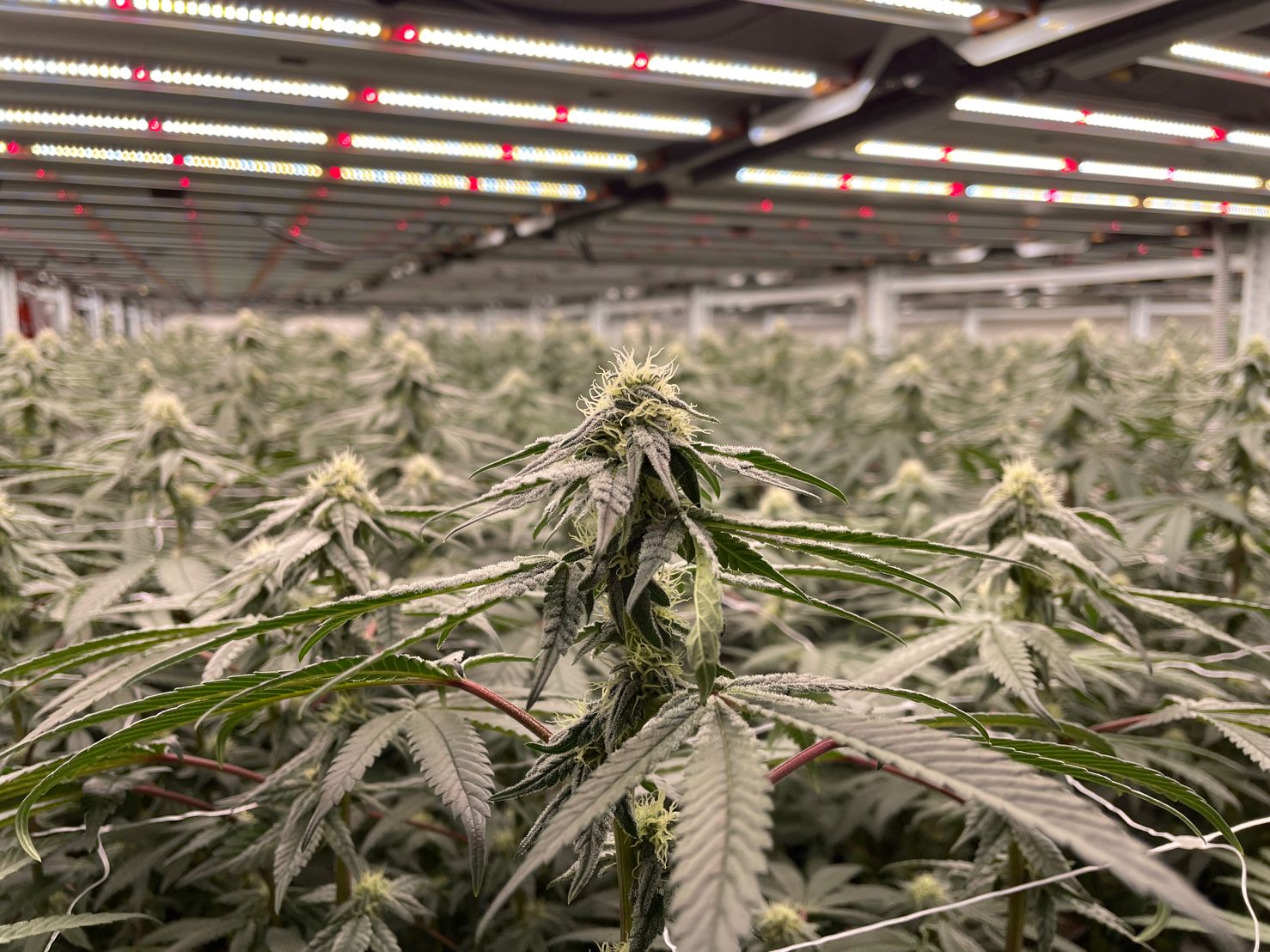From the last blog, we’ve learnt how much water should we poured on cannabis plants. But, do you know if your cannabis are thirsty? Let’s start with this topic:
How To Tell If Your Plants Are Thirsty
You now know about the factors that determine how much and how often cannabis plants need water, and how these factors can be different for everyone. So now, how can you tell exactly when you should water?
Here are some signs that your cannabis plants are thirsty:
- Drooping, Weak Plants
If your cannabis plants are very thirsty, they will droop. The whole plant will appear rather sickly and lifeless, so it’s difficult to overlook this sign. One catch here though is that thirsty plants can look very similar to those that are drooping because of overwatering. The difference here is that the leaves of overwatered plants are usually dark green and form a “claw” where they curl and bend downwards, so the whole plant takes on a heavy and waterlogged appearance.
If you’re somewhat experienced, you should be able to tell these conditions apart. Most of the time, it should be obvious if the drooping is from over or under-watering: If the soil is bone-dry and you know you haven’t watered in quite some time, the sickly appearance of your plants is less likely from overwatering.
Tip: Know that slightly underwatering your plants is always better than overwatering. If you water thirsty, otherwise healthy plants, they should normally recover their appearance in a couple of hours. Occasional underwatering doesn’t usually have harmful consequences. Overwatering, on the other hand, is a silent killer.
- Yellow Or Brown Leaves
Along with your thirsty plant wilting and drooping due to a lack of water, it may also display discoloured leaves in shades of yellow and brown. While it is perfectly normal for plants to develop yellow leaves during the final weeks of bloom, a healthy vegetating plant shouldn’t have any/many dry, yellow, or brown foliage.
- Just Check The Soil
Take the guesswork out of your watering routine with a simple method. Placing the tip of your finger into the top 5cm of soil provides a good indicator of how dry the upper soil has become. However, it won’t allow you to detect the water content of the middle and bottom of the growing medium.
Weighing your pots instead will give you a clear picture of how much water remains. You can operate based on a general feeling of how your containers feel in your hands when they are dry compared to when they are saturated. Even better, weigh them to know exactly when they’re ready for some more H₂O.
How To Water Your Cannabis Plants
Here is a simple rule: Water less, but water well! Rather than giving your plants a little bit of water often, treat them to a healthy, less frequent soak. But how much water is sufficient?
A good soak means watering the medium to 25–33% of the pot capacity. This amount of water will provide the root system with all it needs, without causing pooling and potential fungal issues.
When watering, aim for the middle of the substrate first. After letting the roots breathe, water the edges of the container too. This approach will encourage the root ball to reach to the edges of the pot, and also shuttle nutrients sitting in the top of the medium down to the root system below.
This method will deliver the correct amount of water, without creating pools in the substrate. Excess water creates a humid environment—a perfect breeding ground for fungal pathogens that lead to root rot.
- Don’t Leave Your Plants Sitting In Runoff
Along with your containers featuring holes at the bottom for water to escape from, the containers themselves should be lifted slightly off the ground so that all the water can drain and plants aren’t sitting in stale liquid. Drainage trays can catch this runoff, but should immediately be dumped after collection to avoid creating a breeding ground for bacteria, pests, and mould.
- The Importance Of pH When Watering Plants
If you are growing cannabis organically in soil, you shouldn’t need to worry much about the pH level of your water/nutrient solution. But for the majority of cannabis growers who are using common mineral nutrients and grow weed in soil, coco, or hydroponically, the correct pH level of the water is very important.
The reason for this is that cannabis plants have a limited pH window where they are able to take in nutrients. If the pH level of the water is either too high or too low, the plants are unable to take in nutrients even if they are present, a phenomenon known as nutrient lockout.
When you grow in soil, the pH range of your water should be 6.3–6.8. If you grow soilless (e.g. coco) or hydroponically, the pH level needs to be even lower, 5.5–6.1. To test your water pH, use a pH measuring stick or pH measuring drops. If the pH is too high or too low, use some drops of “pH down” or “pH up” to adjust your water to the right level. Most of the time, if you’re using tap water, your pH will likely be too high.
Also, if you’re adding cannabis nutrients to your water, measure the pH after each feed. This will give you accurate data of how you have influenced the soil. It will also let you know if you need to add more nutes, or modify the dose during next feed.

